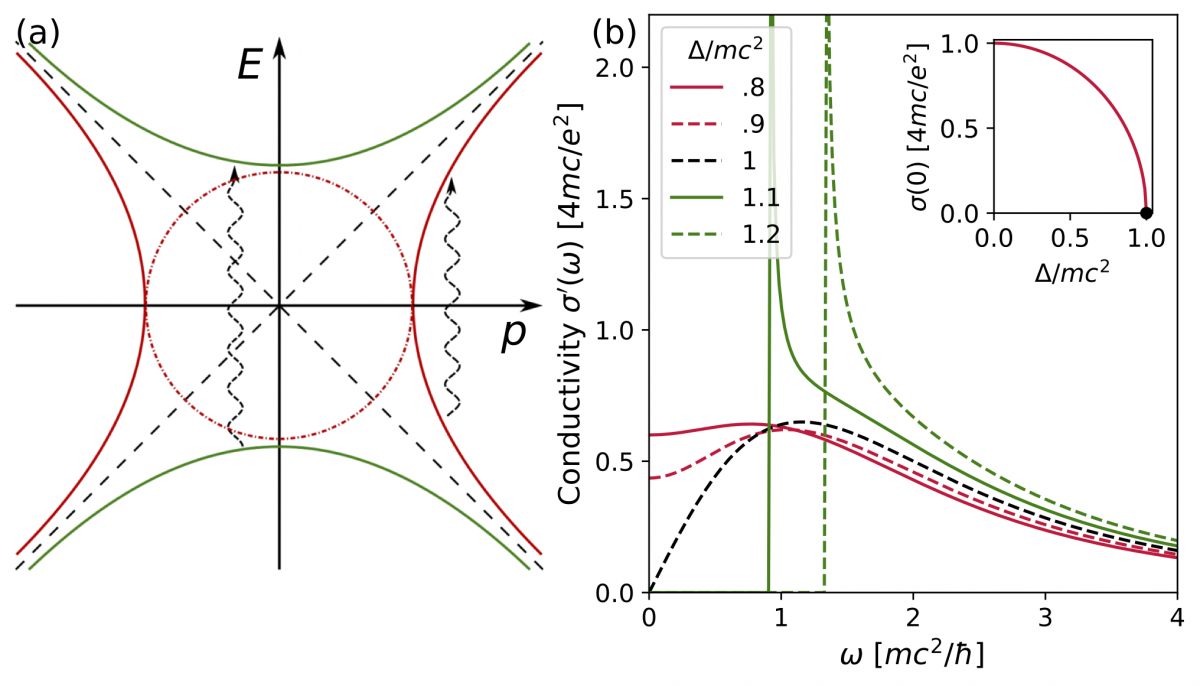Academy Youth Prize for Gábor Holló
2022. March 22.
Gábor Holló, research associate of the HAS-BME Condensed Matter Physics research group, received the prize for his work on self-division of artificial cells.


2022. March 22.
Gábor Holló, research associate of the HAS-BME Condensed Matter Physics research group, received the prize for his work on self-division of artificial cells.

2022. March 21.

2022. March 02.

2022. February 24.


2022. January 18.

2021. December 08.
Péter recieved the prize for his broad and exceptionally successful activity in science education and talent development in the past three decades.

2021. December 05.
BME Physics students showcased their research on November 16, at the virtual Student's Research Conference of the Faculty of Sciences.
Results: https://tdk.bme.hu/TTK
1st prizes in Physics:

2021. November 29.
Sándor Kollarics, PhD student at the Department of Physics, wins first prize at BME's outreach contest by an expository description of his research results.

2021. November 23.
Paper from the collaboration between the Quantum Electronics group and the Exotic Quantum Phases group was awarded the Best Publication Prize of the university.

2021. November 23.
Novel gate-tunable superconductor-based circuit element created and studied by the BME Quantum Electronics Research Group. Publication in Nano Letters.
